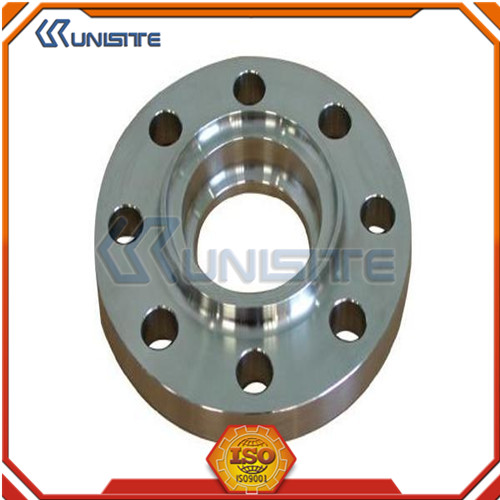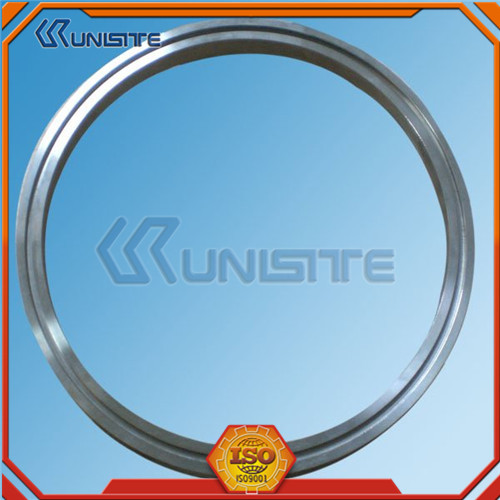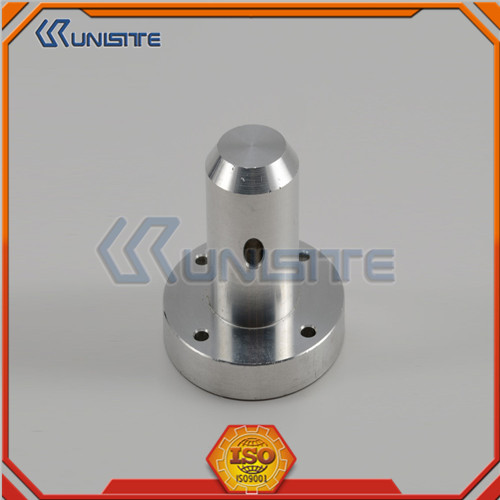Peristaltic pump working principle is what
How Peristaltic Pumps Work Peristaltic pumps pump fluid by alternately squeezing and releasing the pump's flexible delivery hose. Like squeezing a hose with two fingers, a negative pressure builds up inside the tube as your fingers move, and fluid flows in. The peristaltic pump forms a pincushion of fluid in a section of tubing between two rollers. The volume of the pillow depends on the inner diameter of the pump tube and the geometry of the rotor. Flow rate depends on the pump head speed and the size of the pillow, the rotor produced by the number of rounds of the pillow of the three parameters of the product. Pillow size is generally constant. Pumps of the same rotor diameter produce a larger pillow volume of the pump, with a greater volume of fluid delivered per revolution of the rotor, but with greater turbulence. This is the case with membrane valves. Pumps that produce a smaller pillow volume, on the other hand, have a smaller volume of fluid delivered per revolution of the rotor; moreover, the quick and continuous formation of the pillow allows fluid flow to be smoother. This is the case with gear pumps.
With the same two-way flow capacity; no liquid empty run case will not cause any damage to the pump; can produce up to 98% of the vacuum; there is no valve, mechanical seals and packing seals, there is no leakage and maintenance of these Of the factors; can easily transport solid, liquid or gas-liquid mixed phase fluid, allowing solids contained in the fluid diameter of tubular elements within 40%; can be transported with a variety of grinding, corrosion, oxygen-sensitive materials and various foods ; Hoses are the only parts that need to be replaced. Replacing them is extremely simple. The delivered product does not come into contact with any parts other than hoses.
This article Keywords: pump
Roll forging is a process where round or flat bar stock is reduced in thickness and increased in length. Roll forging is performed using two cylindrical or semi-cylindrical rolls, each containing one or more shaped grooves. A heated bar is inserted into the rolls and when it hits a spot the rolls rotate and the bar is progressively shaped as it is rolled through the machine. The piece is then transferred to the next set of grooves or turned around and reinserted into the same grooves. This continues until the desired shape and size is achieved. The advantage of this process is there is no flash and it imparts a favorable grain structure into the workpiece.
Main particulars
|
|
MAIN PARTICULARS |
|
Material for product |
stainless |
|
Standard |
ASTM, ASME, DIN, JIS, ISO, BS, API, EN |
|
Certificate |
ISO9001, BV |
|
Dimension |
As per drawing, as large as we can |
|
Processing |
Forging+blasting+Machining |
|
Finishing surface |
Machined surface with tectyl891, blasting and painting(Hempel, Inter, Sigma, Jotun), anodize, polishing |
|
Marking |
as per clients` requirements |
|
Inspection |
material, construction, dimension, heat treatment, hardness, NDT |
|
Quality |
ISO9001, BV, PPAP control production CMM, digital projector, Rockwell hardness tester, hydraulic pressure |
|
Lead time |
5 days for sample, consult with customer for mass production |
|
Delivery |
Express for sample, ocean shipping/air for mass production |
|
Our Capabilities |
CNC machining, CNC center machining, drilling, milling, turning, grinding, tapping, forging, stamping |
|
Engineering&manufacturing services |
R&D process, tooling and gauging design, product design Integrated CAD/CAM system, test and measuring |
|
Others |
Recyclable, in line with environmental requirements and standards, and reliable |





Stainless Steel Forging
Stainless Steel Forging,Forging Carbon Stainless Parts,Alloy Stainless Forging Parts,Oem Alloy Stainless Forging Part
Shinvast Industry Ltd , https://www.shinvastindustry.com